With matrix capable calculator, simplex algorithm for common maximization problem can be solved easily like in the TI-84.
The Casio 9860GII is also equipped with equivalent matrix operations to solve the same problem.
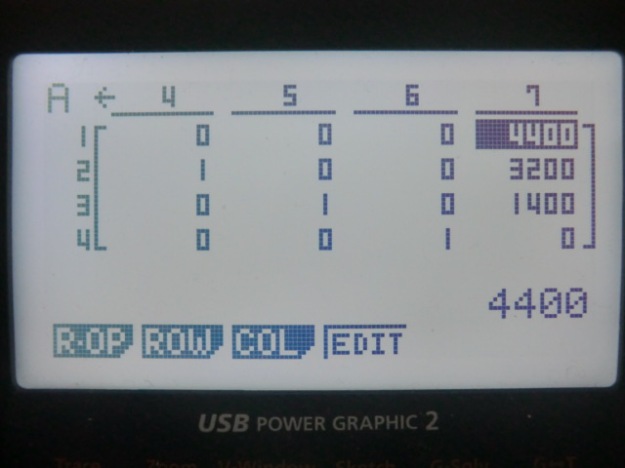

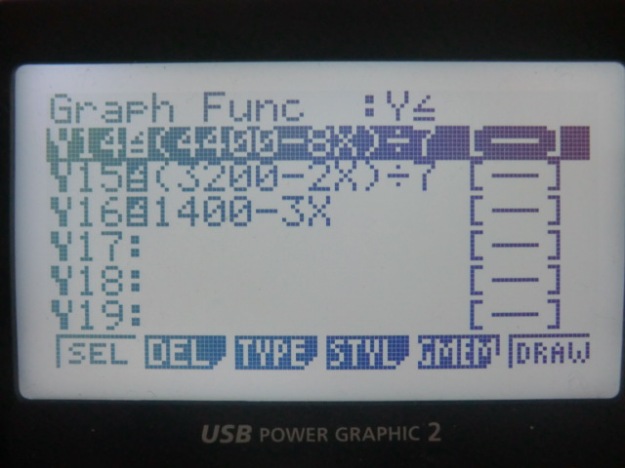
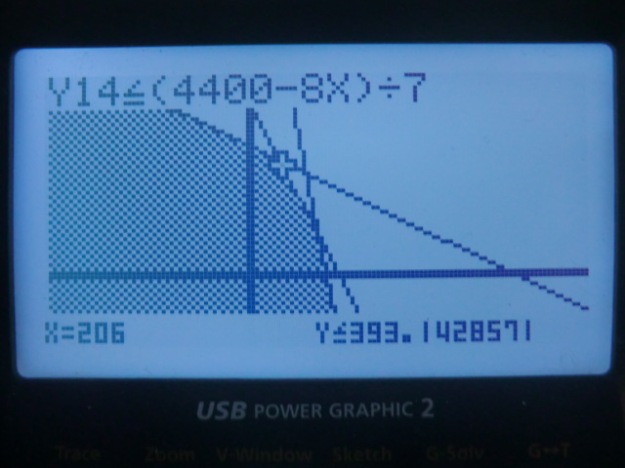
With matrix capable calculator, simplex algorithm for common maximization problem can be solved easily like in the TI-84.
The Casio 9860GII is also equipped with equivalent matrix operations to solve the same problem.




As discovered previously the overclocking program ftune performed better when USB cable is plugged in, it was not sure back then whether the data link or the extra power supply contributed to the performance boost. It is now confirmed power supply alone will do the trick.
The test is carried out using a Casio Basic program running a parameter searching for a logistic regression equation using the Nelder-Mead algorithm. A portable power bank is plugged to the USB port of the Casio fx-9860gII with ftune.
The tested portable USB power bank comes with 4000mAh capacity and 1A output, and is fully charged. There are 4 blue LED indicator lights.
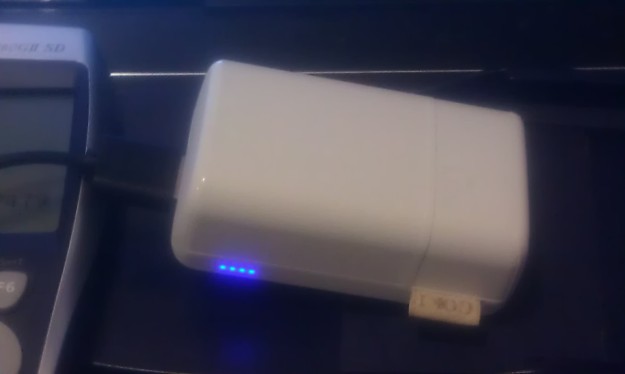
The power bank is turned on.

The test result shown that the program run with power bank finished in 46 seconds, and the one without finished in 93 seconds.
To implement the Wald test as previously done in the TI Nspire CX CAS on the Casio 9860, some programming can help achieve building the matrices more easily. In the Casio Basic, list and matrix are accessed in index and by looping through for loops, values from formula calculation can be assigned. This result in the same matrix constructed in using the constructMat() function in the Nspire.
The rest of calculations are the same.


On comparing the differences in behavior of TVM calculations, the solver of HP Prime is the only calculator able to return, without any initial guess input, the approximate value of number of period in a peculiar form of future value finding equation, although with not small of an error of about 13%.
Edit: Added results from 50g and 39gII emulator, they both returned the same result (but not the same as the Prime) without being given any hints.
HP Prime:
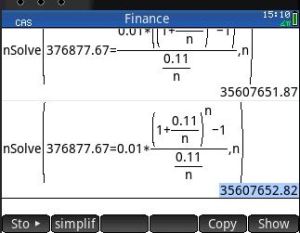
TI Nspire: 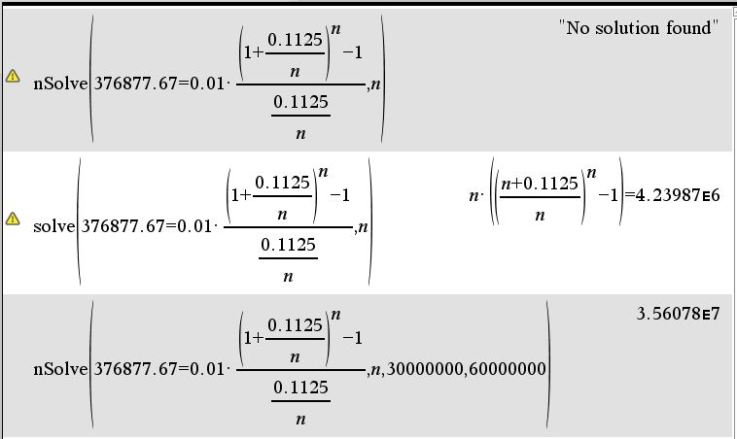
The original problem is from an classic HP calculator manual published in 1982. The problem goes like this (example 2 on page 145): If an employee is paid $0.01 every second, with an interest rate of 11.25% compounded every second, what will she get after a year? In the original document, this problem is used to illustrate the limitations numerical accuracy. Detailed explanation and workarounds can be found in the original document.